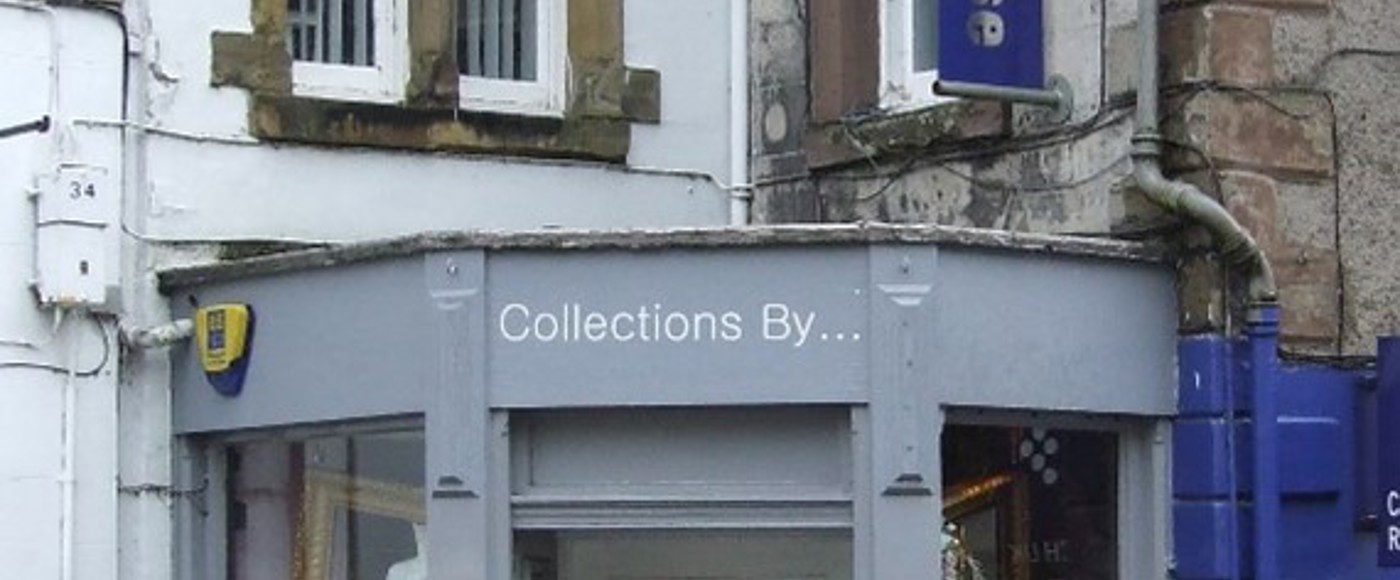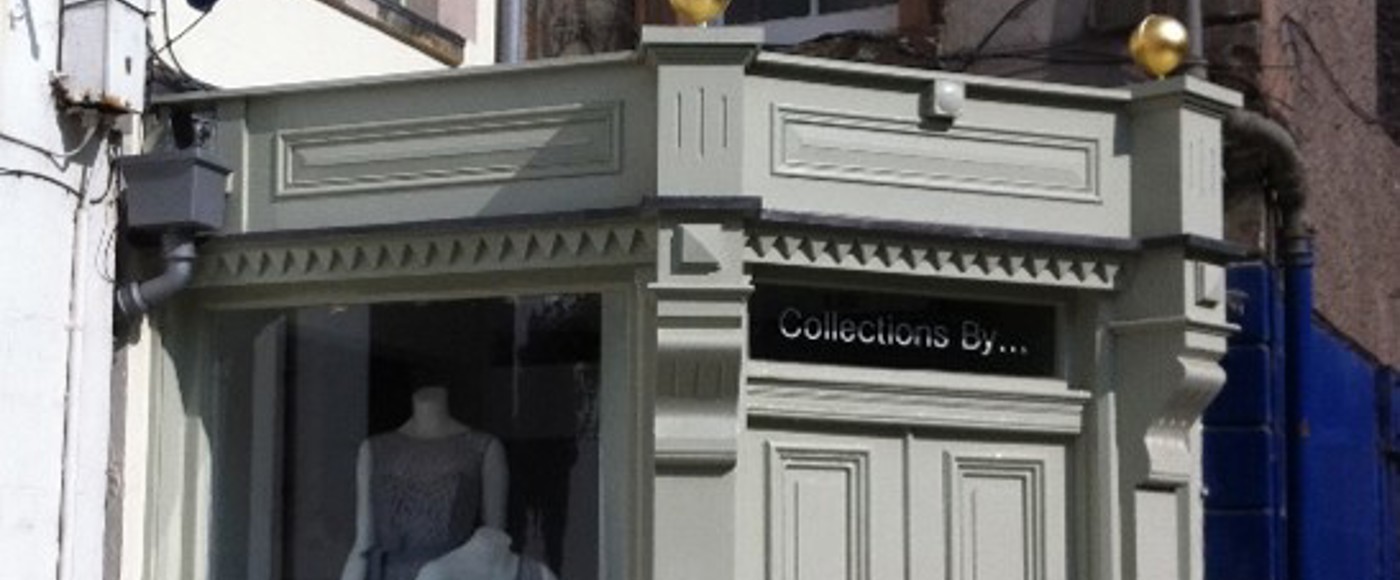Project: Kelso Conservation Area Regeneration Scheme (CARS), Fife
Theme: Grant Intervention Rates
The Project
| Grantee organisation | Scottish Borders Council |
| Total HES funding | £307,500 |
| Total Scheme Cost | £4,400,000 |
| Scheme Delivery Period | 2009-2014 |
Scottish Borders Council (SBC) has been successful in being awarded funding from HES for a total of four Conservation Area Regeneration Schemes (CARS) which began with Kelso. This scheme was delivered in conjuction with a National Lottery (now NLHF) funded Townscape Heritage Initiative (THI) to regenerate the historic centre of the Kelso Conservation Area through the provision of grant funding to eligible properties for external fabric repairs. The vision for the scheme was “to make positive use of the rich built heritage assets of the town as part of an integrated programme to secure a long term sustainable future for Kelso”.
Theme: Grant Intervention Rates
The grant intervention rates applied to third party grants vary from scheme to scheme and can take into account a number of factors including the local property market, the financial position of the property owners and the level of interest and demand for the funding that is available.
In Kelso, an initial grant intervention rate of up to 75% for repair grants was introduced to try and ensure as best possible that projects would be developed at the time when there was also a recession. However, as the scheme got underway and demand for the funding grew, the project team decided to re-evaluate the intervention rate. This was done by calculating the conservation deficit which is the amount by which the cost of the repair of a heritage asset exceeds its market value. This calculation uses District Valuer (DV) valuations for “before” and “after” the works to the grant aided property and the following formula:
| A (Existing Value of Property) |
| + B (Cost of Capital Project) |
| - C (Property Post-Project Value) |
| = D (Conservation Deficit) |
When applied in Kelso, the conservation deficit calculation resulted in the grant intervention rate being reduced in the second year of the scheme. Doing this during the delivery of the scheme did cause some issues with owners who had not brought forward projects in the first year of the scheme and so ended up not getting such a high intervention rate which the project officer had to manage. In the final two years of the scheme, a maximum grant sum for some projects was also introduced to maximise the number of these that could be supported.

I8 Bridge Street, Kelso (before). Image © SBC

I8 Bridge Street, Kelso (after). Image © SBC
Key Findings/Conclusions
Following the delivery of the Kelso CARS, for other schemes in the Scottish Borders, SBC have calculated the grant intervention rates on a conservation deficit basis so this is established from the start. In addition, SBC undertake a mid-scheme review of a sample of properties to check if the grant intervention rates are still set at the right level.
As each area is different it may be the case that grant intervention rates should be revisited during the delivery of the scheme, which can mean either increasing or decreasing rates to reflect the circumstance.
As there is a cost involved with obtaining DV valuations to calculate the conservation deficit to inform grant intervention rates, this should be accounted for when you are developing your scheme. For Kelso at the time, this was over £15,000.
